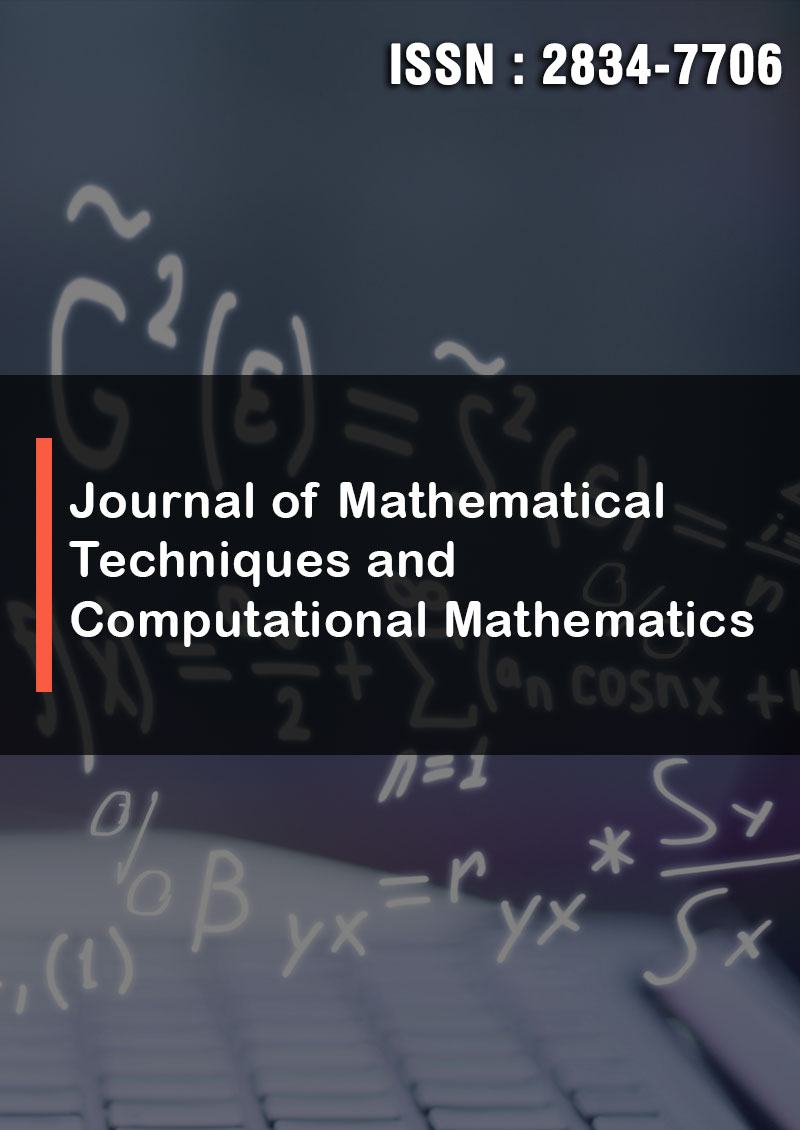Life cycle of COVID-19 Progression in a Given Region
Abstract
Mikhail Romanovski
The study focuses on revealing the typical patterns of COVID-19 spread. The identification of regularities is based on conceptual processing data, in which a sample is approximated by model functions expressing a specific phenomenological concept of the process in question. The reconstruction of desired parameters is hindered by insufficient information on the growth features, the limited volume of the required experimental data, and incomplete elucidation of the phenomenological properties of the objects required to formulate complex models. The investigation addresses these limitations using the Verhulst equation, which expresses the general factors of object growth and adequately describes the growth dynamics in the context of significant theoretical uncertainties regarding an object under study. The need for identifiability and numerical stability of the model parameter estimates is also addressed, and a special regularization approach is applied to obtain an adequate and stable picture of the virus’s evolutionary dynamics in the context of significant uncertainties. The results demonstrate that the growth of the viral population can be integrally described by two variable parameters of the Verhulst equation. Interpreting the reconstructed functions indicates the existence of the typical pattern of seven stages of COVID-19 spread. The possibility of radically managing the number of infected persons is established. The proposed processing of coronavirus cases is of practical value for the preclinical diagnosis and control of virus spread in any geographic area, such as a district, city, local region, or country.



